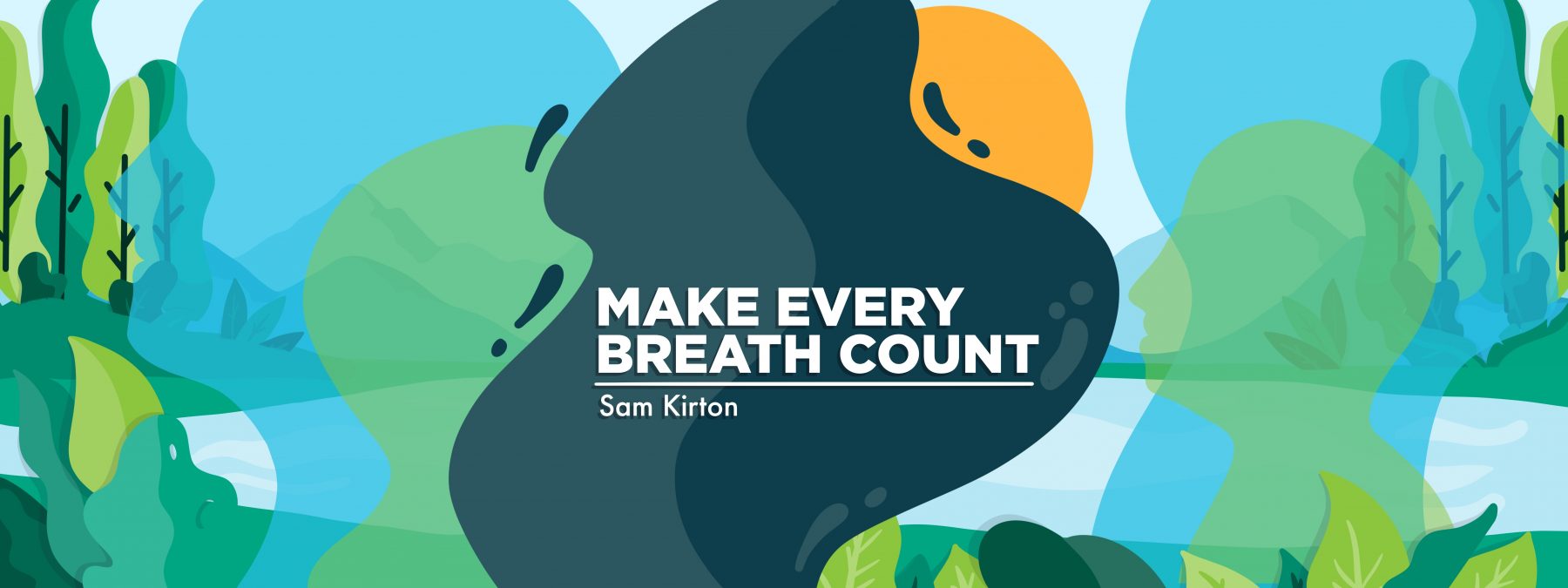How I’ve managed sun sensitivity in life with IPF, post-transplant
An increased risk of skin cancer necessitates precautions
Written by |

It’s been hotter than usual here in the mid-Atlantic. Temperatures in the upper 90s, flirting with 100 F, plus high humidity made it feel like 107 to 115 F. If I had to sum it up in a single word, I’d pick “miserable.”
After my diagnosis of idiopathic pulmonary fibrosis in January 2017, I knew I’d need to make adjustments to my lifestyle. When I started taking the anti-fibrotic Esbriet (pirfenidone), I reviewed the data sheet for known side effects and anything I should avoid while taking it. I learned that sun sensitivity was a common side effect, meaning I should try to limit my exposure.
On Esbriet, I did indeed become incredibly sensitive to the sun. Exposure to direct sunlight made my skin feel like it was on fire. It was uncomfortable at best, and at times painful.
My wardrobe, which had included a lot of T-shirts, soon consisted of more pants and long-sleeve shirts. My hat collection expanded from Stetsons to include many options intended to provide sun protection. I felt like I’d become an investor in Columbia Sportswear after learning that many of the company’s products feature Omni-Shade technology, which helps protect against ultraviolet (UV) rays, and have been endorsed by the Skin Cancer Foundation.
I also learned more about sunscreen than I ever imagined. I adopted a rule: Apply and reapply often and liberally. For me, the best sunscreens had a sun protection factor (SPF) of 50 or higher, and often looked like a paste on my skin. My “top-shelf” sunscreen is SPF 70.
I took my last doses of Esbriet the day before I received my bilateral lung transplant in July 2021. That, however, did not put an end to my sun sensitivity. I was now sensitive to the sun for a different reason.
Patients who receive a solid organ transplant are at an increased risk for skin cancer, primarily because they must take immunosuppressants. While these medications help prevent rejection, they can also increase the risk of skin cancer by as much as 100-fold. In addition, patients who receive lungs or a heart tend to develop skin cancer more frequently than recipients of other solid organs.
This is one reason a dermatology appointment was part of my pre-transplant testing and screening process. Post-transplant, I continue to see a dermatologist annually for a head-to-toe skin exam. I also conduct regular self-examinations. As with many other medical issues, early detection can greatly improve health outcomes.
I no longer experience the intense burning sensation I did while taking Esbriet, but I continue to cover as much skin as possible, even on the hottest of days. As for sunscreen, I use it regularly and refresh as needed. Because moisture can reduce effectiveness, it’s especially important to reapply sunscreen when the skin gets damp, such as on humid days or after jumping into the pool.
It’s not inconvenient and is now a habit for me. When I really want to wear a T-shirt, I’ll wear a long-sleeve athletic top underneath to reduce skin exposure. To receive the gift of my donor’s lungs, I had to agree to a lifetime of medical surveillance. Anything I can do to reduce the risk of skin cancer is just one more way I can make every breath count.
Note: Pulmonary Fibrosis News is strictly a news and information website about the disease. It does not provide medical advice, diagnosis, or treatment. This content is not intended to be a substitute for professional medical advice, diagnosis, or treatment. Always seek the advice of your physician or other qualified health provider with any questions you may have regarding a medical condition. Never disregard professional medical advice or delay in seeking it because of something you have read on this website. The opinions expressed in this column are not those of Pulmonary Fibrosis News or its parent company, Bionews, and are intended to spark discussion about issues pertaining to pulmonary fibrosis.





Wayne Crump
I was diagnosed with IPF in 2021 and have been on Esbriet (Pirfenidone). I am 75 years old. Most of my life has been spent outside for both work and recreation. I, too, have had to adjust my life style to accommodate my sun sensitivity. I can check all of the boxes you mentioned (long sleeves and pants, hats for every occasion, searching for the best and easiest to use sunscreen, etc). I decided to get rid of my boat last summer (my biggest concession to sun sensitivity).
Some of the younger folks probably think that the older crowd is pretty rigid and reluctant to change. I can tell you that I have made more life changes in the last 4 years to accommodate my IPF than I have in the previous 50. For all of its downsides, I guess being more flexible (physically, mentally, socially) is one small positive take away from our IPF experience.
I hope all of you are able to find and fixate on whatever
positives you can identify in your lives. It's not enough just to survive, you have to thrive!
Paul Bocconcelli
Mr. Kirton,
Appreciate your article on post transplant sun exposure. I'm 77 and had my transplant almost two years ago. I live in Phoenix, AZ where sunshine is about a 300+ days per year routine along with 110+ degree weather in the summer. My dermatologist also advises me to apply sunscreen SPF50 liberally and to cover as much of my skin as possible while outdoors. So when it's 110 degrees+ outdoors I'm the guy wearing jeans and long sleeve shirts and my wide brimmed hat. Some people look at melike I'm craxy but that's olay. Here's hoping both of us enjoy a long and fruitful life.
John Gould
I'm on Ofev,I'm 69, I was added to the lung transplant list July 2nd, I am O blood type and have agreed to Hep C donor lungs.
Ofev like Esbriet has serious diarrhea side effects, so much so that 40% stop taking it. I have 1 year to live, as my scarring progresses I will go up the transplant list. My score now is 24.22 and my research has shown that transplants happen at 40. I know as my every quarter evaluation tests show progression I will go up the list so to speak.
After being on the transplant list, were you ever tempted to stop taking Esbriet so that your scarring would progress without
it, so that your transplant would happen sooner?
If you'd like to email me your response to let this discussion be more private and take this post down, that is fine with me.